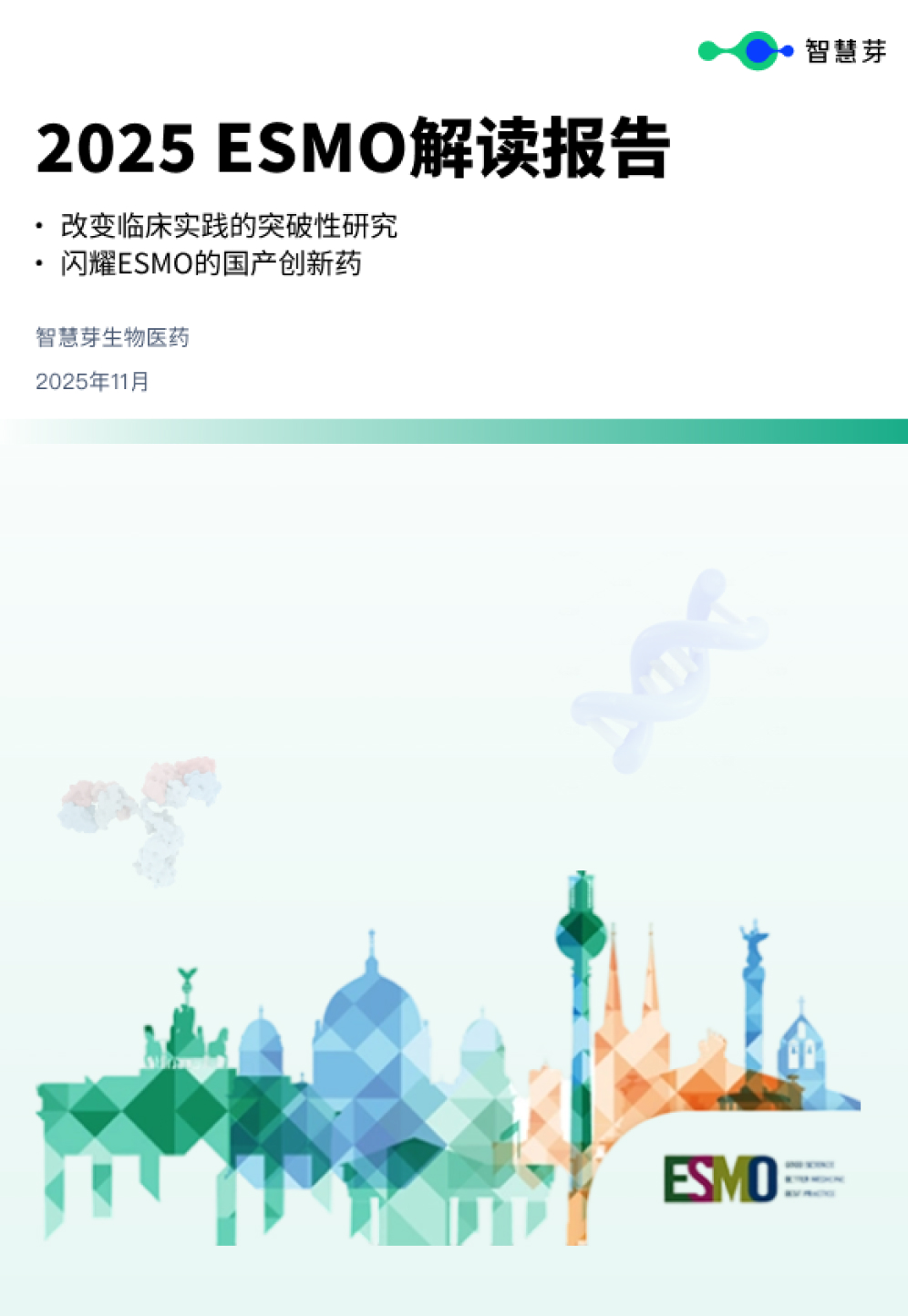预约演示
New CMS pilot to test payment scheme for pricey sickle cell gene therapies
2024-01-31
基因疗法细胞疗法
The U.S. government will test whether centrally coordinating insurance coverage can help people with sickle cell disease access expensive new gene therapies for the inherited blood condition.
Two such treatments were recently approved by the Food and Drug Administration after testing showed they can eliminate the crises of pain people with severe sickle cell often experience. However, they respectively cost $2.2 million and $3.1 million, raising alarm about their affordability and impact on the budgets of state Medicaid agencies, which cover an estimated 50% to 60% of people living with sickle cell in the U.S.
The Centers for Medicare and Medicaid Services, which oversees the Medicaid program, last year proposed a pilot “access model” for pricey cell and gene therapies. On Tuesday, they confirmed sickle cell will be the pilot’s initial focus and released new details about how such a program will work.
Through the model, CMS will negotiate what’s known as an “outcomes-based agreement” that links payment for a drug to the health benefit it delivers. In sickle cell, for example, the targeted outcomes could be continued elimination of pain crises over time.These crises can require hospitalization and cause a constellation of other damaging symptoms.
If the targeted health benefit isn’t achieved, outcomes-based agreements typically require drugmakers to rebate or reimburse the insurer for some of the therapy’s cost.
These types of agreements are not new, nor is their application to gene therapies, which are often priced in the millions of dollars. But CMS’ model aims to coordinate the negotiation of a sickle cell-specific framework across many states, rather than each state agency negotiating their own.
This might help solve some of the resource constraints state agencies face implementing outcomes-based agreements, which require extensive collection of financial and clinical outcomes data.
“If each Medicaid program were to negotiate [coverage] independently, there would have been discrepancies in what different Medicaid programs would have paid for the same product, in turn resulting in differences in access,” said Akshay Sharma, a pediatric hematologist at St. Jude Children’s Research Hospital who helped run a trial of one of the new therapies, Vertex Pharmaceuticals’ Casgevy.
The model, Sharma added in an email, could also help establish “parity” in access across the country.
The framework established by CMS would include the target clinical outcome measure, pricing rebates and a standard coverage policy. States interested in participating could then opt into the negotiated terms, although they’d be responsible for their share of the therapies cost.
”By negotiating with manufacturers on behalf of states, CMS can ease the administrative burden on state Medicaid programs so they can focus on improving access and health outcomes for people with sickle cell disease,” said Liz Fowler, head of the CMS Innovation Center, in a statement.
CMS envisions the pilot program beginning in 2025, one year earlier than initially floated when the agency first announced its intention to create the model. It’s requesting interested states to submit a letter of intent by April, and for drugmakers to apply by May.
In a statement, a Vertex spokesperson said the company is “actively engaged” with CMS on the pilot, describing it as an “important tool to help address longstanding inequities in care by facilitating access and funding for potentially curative therapies for the sickle cell community.”
A spokesperson for Bluebird Bio, which sells Lyfgenia, said the company looks forward to working with the agency on the program. Bluebird is currently offering an outcomes-based agreement it created specifically for state Medicaid agencies.
“Given the flexibility that exists for states today and the urgent need for those living with sickle cell disease, it’s imperative that states uphold their obligation to provide timely, equitable access to gene therapy for Medicaid patients beginning at FDA approval and not delay access to 2025 or beyond,” the spokesperson added in an email.
Notably, CMS also anticipates addressing other barriers to treatment with sickle cell gene therapies. Both Casgevy and Lyfgenia require a “preconditioning” chemotherapy before they are infused that comes with substantial risk of infertility. In testing, Vertex and Bluebird paid for fertility preservation services, like egg freezing, but are not currently able to do the same for patients covered by Medicaid.
Under the model, CMS would require manufacturers to include a “defined scope” of fertility preservation services for people receiving sickle cell gene therapy.
The agency also plans to offer optional funding to states that promote comprehensive sickle cell treatment, such as with behavioral health or care management services. Participation in the model is voluntary, CMS said.
Casgevy and Lyfgenia are both personalized cellular treatments, built from hematopoietic stem cells extracted from each patient. The cells are genetically engineered to effectively detour around the mutation that causes the disease’s characteristic red blood cell sickling. Casgevy does this via CRISPR gene editing, while Lyfgenia uses a benign virus to insert functional gene copies into the cells.
Once infused, the modified stem cells mature into red blood cells that are resistant to sickling, preventing the blockages that result when misshapen cells pile up in blood vessels.
Vertex, which partnered with CRISPR Therapeutics to develop Casgevy, set the cost of its treatment at $2.2 million, while Bluebird’s Lyfgenia costs $3.1 million. On a single-use basis, they are among the most expensive drugs available in the U.S. However, their developers argue the benefit they offer more than offsets the years of expensive medical care people with severe sickle cell would otherwise need.
Outside of Medicaid, commercial insurers are beginning to roll out their own policies. Some Blue Cross Blue Shield plans, for example, will cover both Lyfgenia and Casgevy.
'
更多内容,请访问原始网站
文中所述内容并不反映新药情报库及其所属公司任何意见及观点,如有版权侵扰或错误之处,请及时联系我们,我们会在24小时内配合处理。
机构
靶点
-生物医药百科问答
全新生物医药AI Agent 覆盖科研全链路,让突破性发现快人一步
立即开始免费试用!
智慧芽新药情报库是智慧芽专为生命科学人士构建的基于AI的创新药情报平台,助您全方位提升您的研发与决策效率。
立即开始数据试用!
智慧芽新药库数据也通过智慧芽数据服务平台,以API或者数据包形式对外开放,助您更加充分利用智慧芽新药情报信息。





